Home>Storage Ideas>Bedroom Storage>How To Get Ink Out Of Clothes
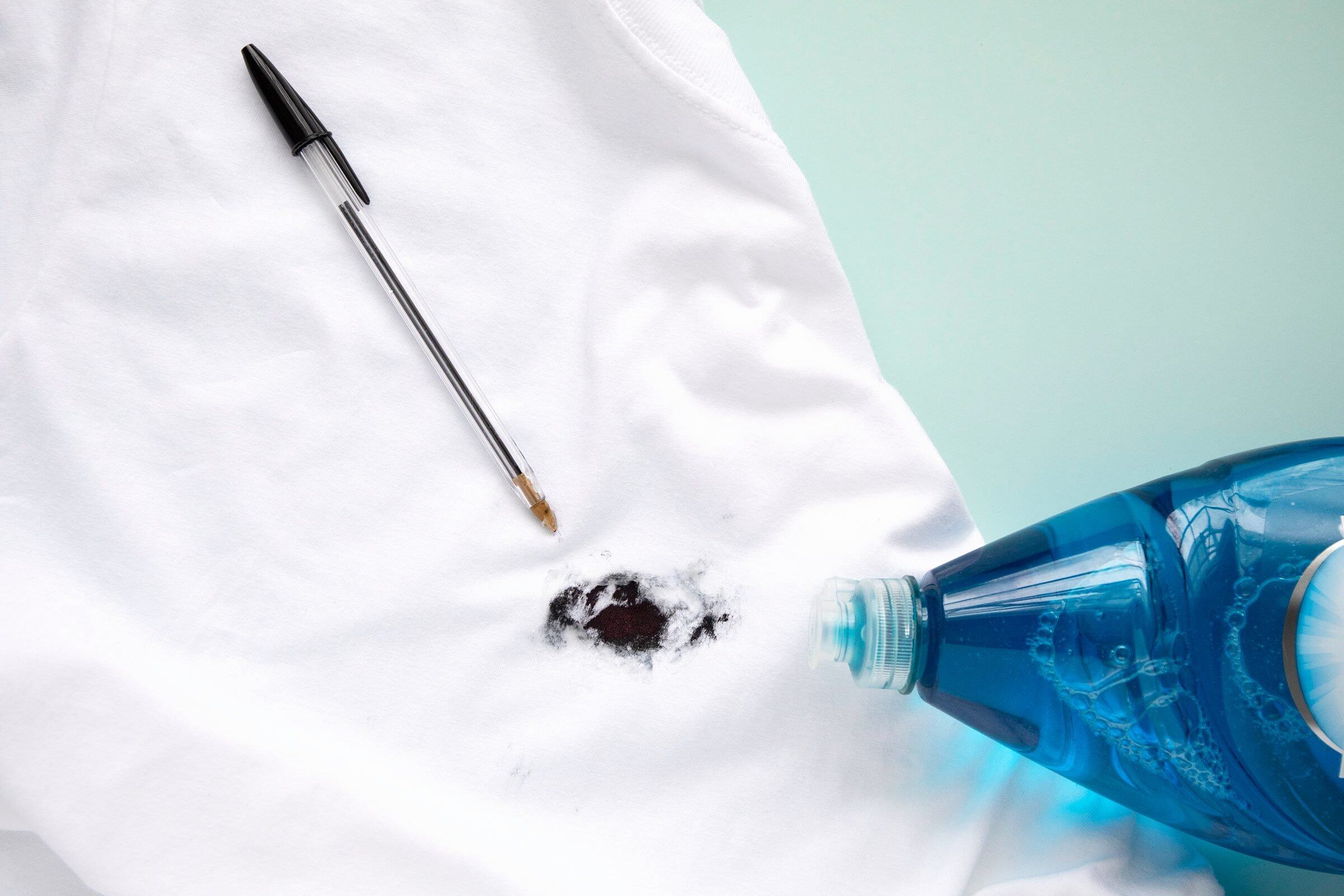

Bedroom Storage
How To Get Ink Out Of Clothes
Modified: February 26, 2024
Learn effective methods to remove ink stains from clothes with these handy tips. Discover how bedroom storage can help keep your clothes safe and organized.
(Many of the links in this article redirect to a specific reviewed product. Your purchase of these products through affiliate links helps to generate commission for Storables.com, at no extra cost. Learn more)
Introduction
Welcome to our comprehensive guide on how to get ink out of clothes. We’ve all been there – accidentally smudging ink on our favorite shirt or dress, and feeling the sinking feeling that it may be ruined forever. However, with the right techniques and a bit of patience, you can effectively remove ink stains and restore your clothing back to its original condition.
Whether it’s a ballpoint pen mishap or an inkjet printer malfunction, ink stains can be stubborn and frustrating to deal with. But fear not, as we’re here to help you with step-by-step instructions, useful tips, and alternative methods to tackle those pesky stains. So, let’s dive right in and learn how to effectively remove ink stains from clothes!
Key Takeaways:
- Don’t panic when faced with ink stains on clothes – act quickly, use household items like rubbing alcohol or milk, and always test stain removal methods first.
- Understanding the type of ink stain and fabric is crucial for effective removal. Prevention is key – handle ink with care and have stain removal supplies on hand.
Read more: How To Get Ink Out Of A Dryer
Understanding the Different Types of Ink Stains
Before we jump into the methods of removing ink stains, it’s important to understand that different types of ink stains require different treatment approaches. The type of ink and the fabric it has stained will determine the best method for removal. Here are the most common types of ink stains:
- Water-based ink: This type of ink is commonly found in fountain pens, school supplies, and markers. It is relatively easy to remove compared to other types of ink stains.
- Permanent ink: Permanent or indelible ink is commonly used in permanent markers and gel pens. It is designed to be resistant to fading and smudging, which makes it more challenging to remove from clothing.
- Ballpoint ink: Ballpoint pen ink is oil-based and can vary in viscosity. It is important to note that newer ballpoint pens often have a quick-drying ink formula, which can make stain removal more difficult.
- Fabric dye ink: This type of ink is typically used in textile or fabric markers. It is designed to bond with the fabric fibers, making it more challenging to remove.
Identifying the type of ink stain you’re dealing with will help you choose the most effective method for removal. However, it’s always a good idea to test any stain removal method on a small, inconspicuous area of the fabric first to ensure it doesn’t damage or discolor the material.
Preparing the Stained Clothing
Before you begin the ink stain removal process, it’s essential to take a few preliminary steps to ensure the best possible outcome. Here’s how to prepare the stained clothing:
- Act quickly: The faster you address the ink stain, the better chance you have of successfully removing it. Prompt action can prevent the ink from setting into the fabric.
- Blot the stain: If the ink stain is fresh, gently blot the area with a clean cloth or paper towel to absorb as much ink as possible. Avoid rubbing, as it may spread the ink further into the fabric.
- Avoid heat: Heat can set ink stains, making them more difficult to remove. Avoid using a dryer or any direct heat source on the stained garment until the stain is completely gone.
- Check the garment label: Carefully read the garment’s care instructions on the label. Some fabrics require special handling, and certain stain removal methods may not be suitable for delicate fabrics.
Once you’ve completed these preliminary steps, it’s time to move on to the specific ink stain removal methods. However, always keep in mind that different fabrics may react differently to stain removal techniques, so proceed with caution and test any method on a small, inconspicuous area of the fabric before applying it to the entire stain.
Removing Ink Stains from Washable Fabrics
If you’ve discovered an ink stain on a washable fabric, such as cotton, polyester, or denim, there are several effective methods you can use to remove the stain. Here are a few techniques to try:
- Rubbing Alcohol: Dampen a clean cloth or cotton ball with rubbing alcohol and blot the ink stain gently. Continue blotting until the ink transfers from the fabric to the cloth. Rinse the area with cold water and launder as usual.
- Hairspray: Apply a small amount of hairspray directly to the ink stain and let it sit for a few minutes. Blot the area with a clean cloth, and the ink should start to lift. Rinse with cold water and launder the garment as usual.
- Dish Soap and Vinegar: Create a solution by mixing equal parts dish soap and white vinegar. Apply the mixture to the stain and gently scrub with a soft brush or toothbrush. Rinse thoroughly and launder as usual.
- Commercial Stain Removers: There are numerous stain removal products available in the market specifically designed to tackle ink stains. Follow the instructions on the product packaging for the best results.
Remember to always check the garment’s care label before using any of these methods and to test the chosen method on a small, inconspicuous area first. Additionally, it is crucial to never rub or scrub the stain vigorously, as it may damage the fabric fibers or push the ink deeper into the material.
If the ink stain persists after following these steps, you may need to repeat the process or consider seeking professional help from a dry cleaner, especially for delicate or valuable garments.
To remove ink from clothes, apply rubbing alcohol or hairspray to the stained area, then blot with a clean cloth. Repeat until the ink is gone, then wash as usual.
Removing Ink Stains from Non-Washable Fabrics
Removing ink stains from non-washable fabrics can be a bit trickier, as you can’t simply toss them in the washing machine. However, with a few alternative methods, you can still have success in removing the stains. Here are some techniques to try:
- Isopropyl Alcohol: Dampen a clean cloth with isopropyl alcohol and gently dab the ink stain. Blot from the outer edges of the stain towards the center to prevent spreading. Repeat the process with a fresh cloth until the ink is gone. Allow the fabric to air dry.
- Acetone: Acetone, commonly found in nail polish remover, can effectively remove ink stains from non-washable fabrics. Apply a small amount of acetone to a clean cloth or cotton ball and gently blot the stain. Work from the outer edges towards the center, and be cautious not to saturate the fabric. Allow the fabric to air dry.
- Cornstarch and Milk: Create a paste by mixing cornstarch and milk to a thick consistency. Apply the paste to the ink stain and let it sit for several hours until it dries. Once dry, gently brush off the paste and any loosened ink. Use a clean cloth dampened with water to wipe away any residue.
- White Vinegar: Moisten a clean cloth with white vinegar and gently dab the ink stain. Blot from the outer edges towards the center. Rinse the fabric with water and blot dry with a clean cloth.
When using any of these methods, it’s advisable to perform a spot test on a hidden area of the fabric to ensure it won’t cause any discoloration or damage. Additionally, always work in a well-ventilated area and avoid open flames or excessive heat sources when using solvents such as acetone.
In the case of delicate or valuable non-washable fabrics, it may be best to seek professional assistance from a dry cleaner who has experience in handling such materials.
Alternative Methods for Ink Stain Removal
If you’re looking for alternative methods to remove ink stains from clothes, there are a few household items that you may already have on hand that can help. While these methods may not be as widely known as traditional stain removal techniques, they are worth a try. Here are some alternative methods to consider:
- Milk: Soak the stained area in milk for a few hours or overnight. Then, gently scrub the stain with a soft brush or cloth. Rinse with water and launder as usual.
- Toothpaste: Non-gel, white toothpaste can be effective in removing some types of ink stains. Apply a small amount to the stain and gently scrub with a soft brush. Rinse with water and launder as usual.
- Lemon Juice and Cream of Tartar: Create a paste by mixing equal parts lemon juice and cream of tartar. Apply the paste to the stain and let it sit for 30 minutes. Gently scrub the stain with a soft brush or cloth, then rinse with water and launder as usual.
- Baking Soda: Make a paste by mixing baking soda with water until it forms a thick consistency. Apply the paste to the stain and gently scrub with a soft brush. Rinse with water and launder as usual.
While these alternative methods may not work for every ink stain or fabric type, they can be effective for certain situations. As always, perform a spot test on a hidden area of the fabric first to ensure it won’t cause any damage or discoloration.
It’s important to note that older or set-in ink stains may be more difficult to remove. In such cases, it’s recommended to seek professional assistance or consult with a dry cleaner who specializes in stain removal.
Tips for Preventing Ink Stains on Clothes
Prevention is always better than having to deal with stubborn ink stains. Here are some helpful tips to minimize the chances of getting ink stains on your clothes:
- Be cautious with pens and markers: When using pens or markers, make sure to securely put the cap back on after each use. Accidental leaks or mishaps can lead to ink stains on your clothing.
- Handle ink cartridges with care: If you’re refilling ink cartridges for printers or fountain pens, exercise caution to prevent spills and leaks.
- Avoid storing leaking pens or markers: If you notice that a pen or marker is leaking, don’t store it with your other belongings or in your pocket. Take the necessary steps to prevent ink from transferring onto your clothes.
- Keep chemicals separated: Don’t store pens or markers together with other items that contain chemicals, such as nail polish or adhesive. Chemical reactions can cause leaks and stains.
- Wear protective clothing when dealing with ink: If you’re working with ink for artistic purposes or printer maintenance, consider wearing an apron or old clothing that you don’t mind getting stained.
- Have stain removal supplies on hand: Keep a stain removal product or some common household items like rubbing alcohol, hairspray, or vinegar readily available to tackle ink stains as soon as they occur.
- Act quickly: As mentioned earlier, the key to effective stain removal is addressing the ink stain as soon as possible. The longer the stain sits, the more difficult it becomes to remove.
By practicing these preventive measures, you can significantly reduce the likelihood of encountering ink stains on your clothes. However, accidents happen, so it’s always good to be prepared and equipped with the knowledge to tackle stains when they do occur.
Conclusion
Ink stains on clothes don’t have to be a permanent disaster. With the right strategies and techniques, you can successfully remove ink stains and salvage your favorite garments. By understanding the different types of ink stains and the appropriate methods for each, you can approach stain removal with confidence.
Whether you’re dealing with washable fabrics or non-washable materials, there are various methods you can try, such as using rubbing alcohol, hairspray, dish soap, or even household items like milk or toothpaste. It’s important to remember to always test any stain removal method on a small area of the fabric and follow the care instructions indicated on the garment label.
Prevention is also key to avoiding ink stains on clothes. By handling writing instruments and ink cartridges with care, storing them properly, and being mindful of chemicals and potential leaks, you can minimize the risk of accidents. It’s always a good idea to have stain removal supplies on hand and to act quickly when a stain occurs.
If all else fails or you’re dealing with a particularly stubborn ink stain, consider seeking professional assistance from a dry cleaner who specializes in stain removal. They have the expertise and specialized products to tackle even the toughest stains without damaging the fabric.
Remember, accidents happen, but with the right knowledge and techniques, ink stains can be effectively removed, allowing you to enjoy your clothes without the worry of permanent marks. So, the next time you find yourself face-to-face with an ink stain, don’t panic – follow our guide and restore your clothes to their former glory.
Frequently Asked Questions about How To Get Ink Out Of Clothes
Was this page helpful?
At Storables.com, we guarantee accurate and reliable information. Our content, validated by Expert Board Contributors, is crafted following stringent Editorial Policies. We're committed to providing you with well-researched, expert-backed insights for all your informational needs.

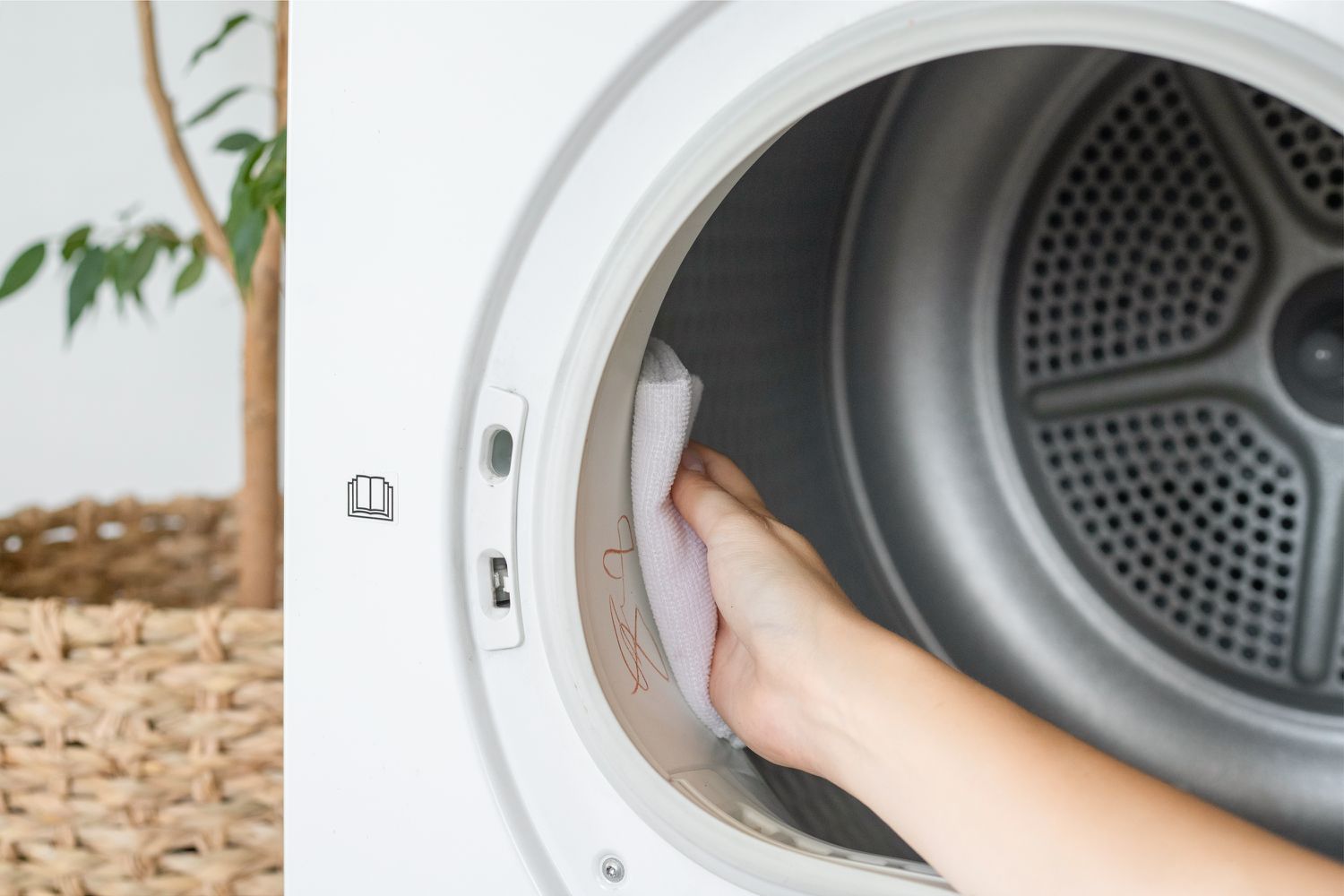
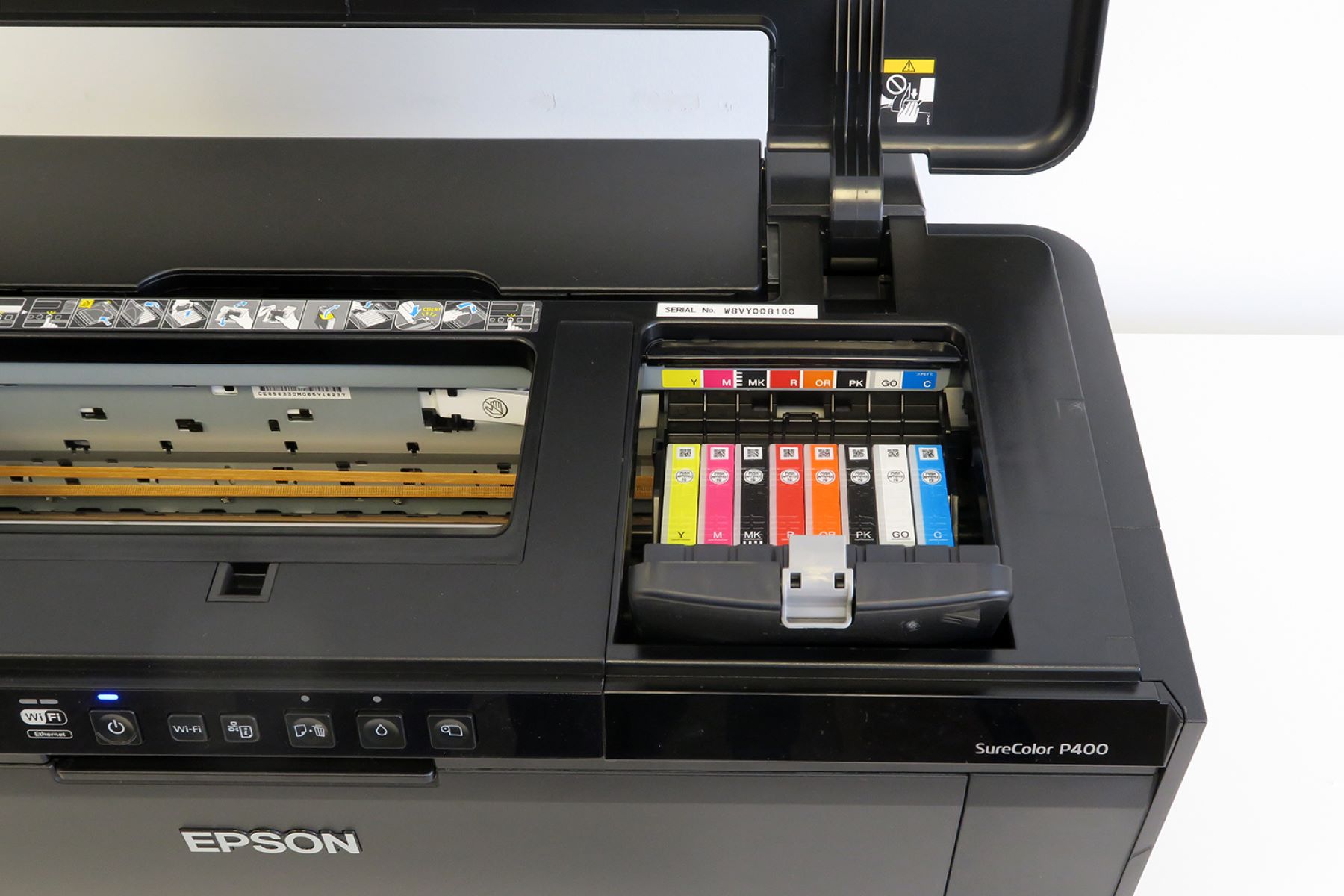
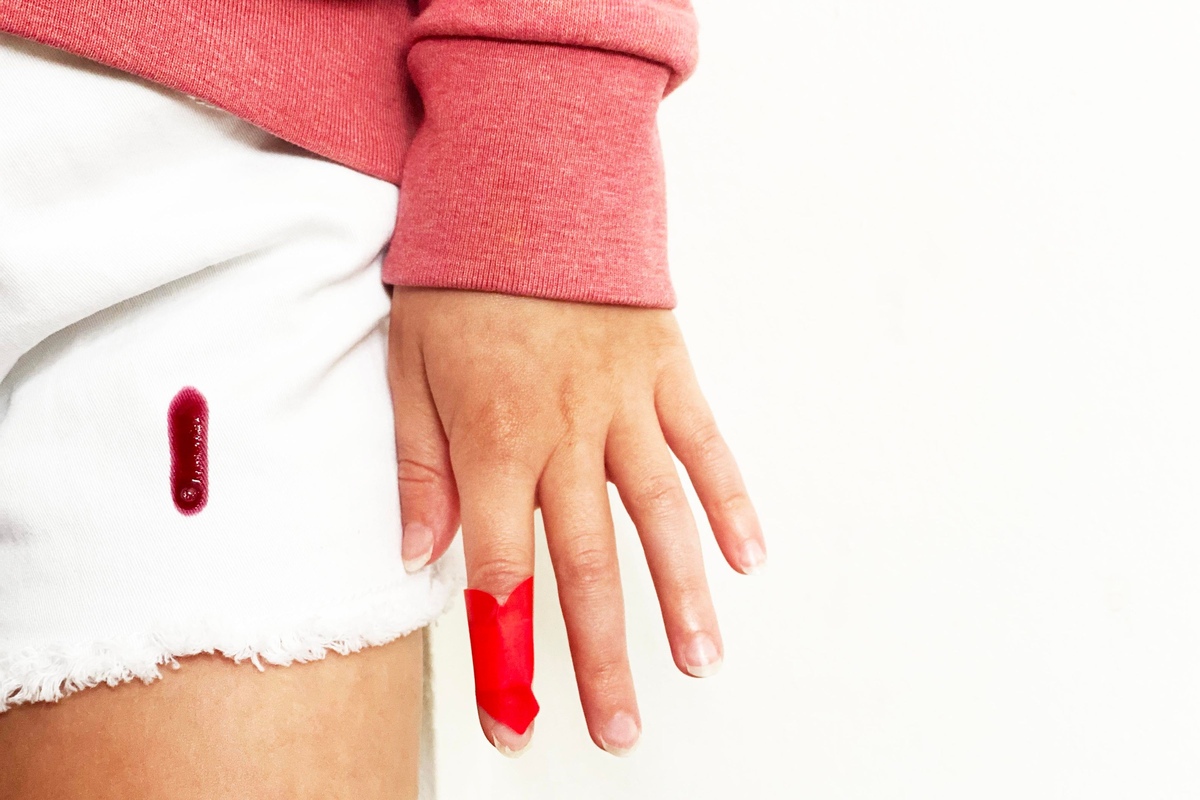
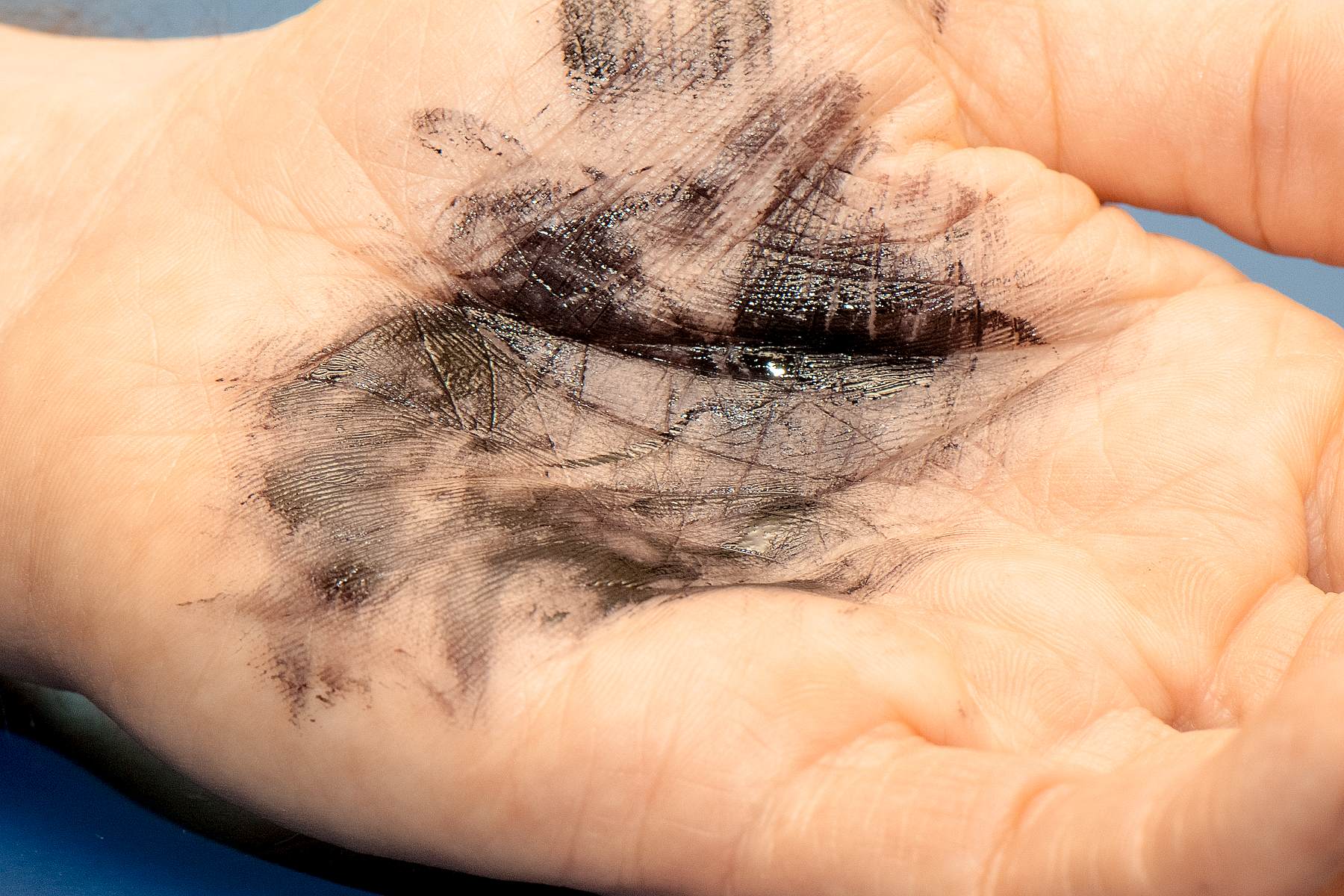

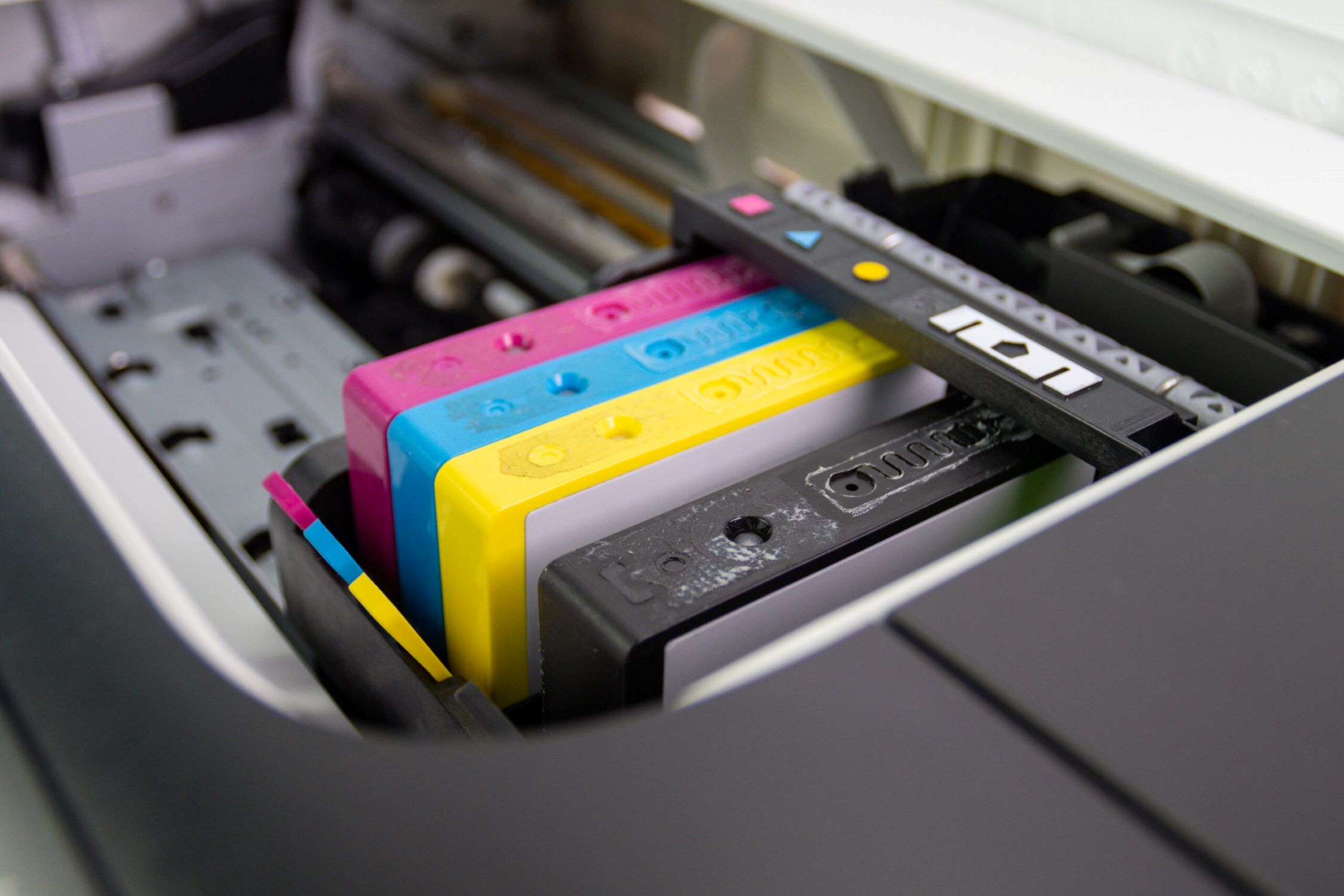

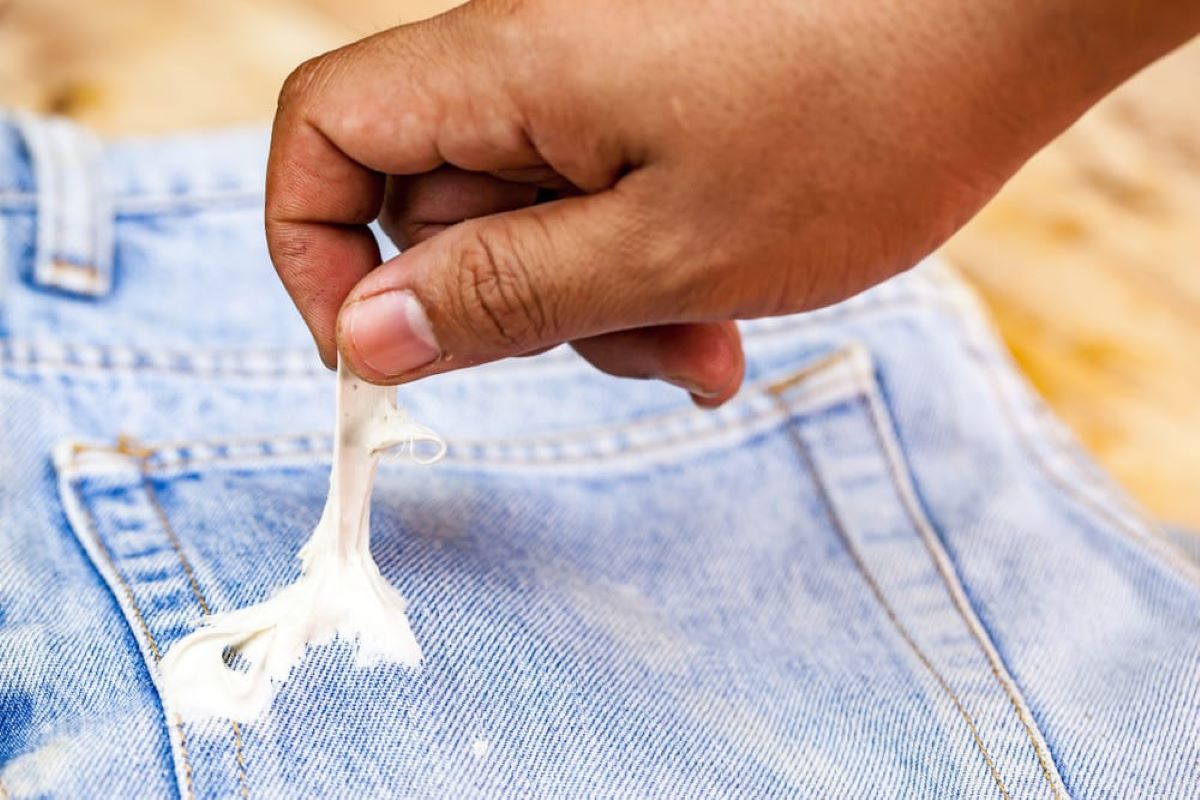

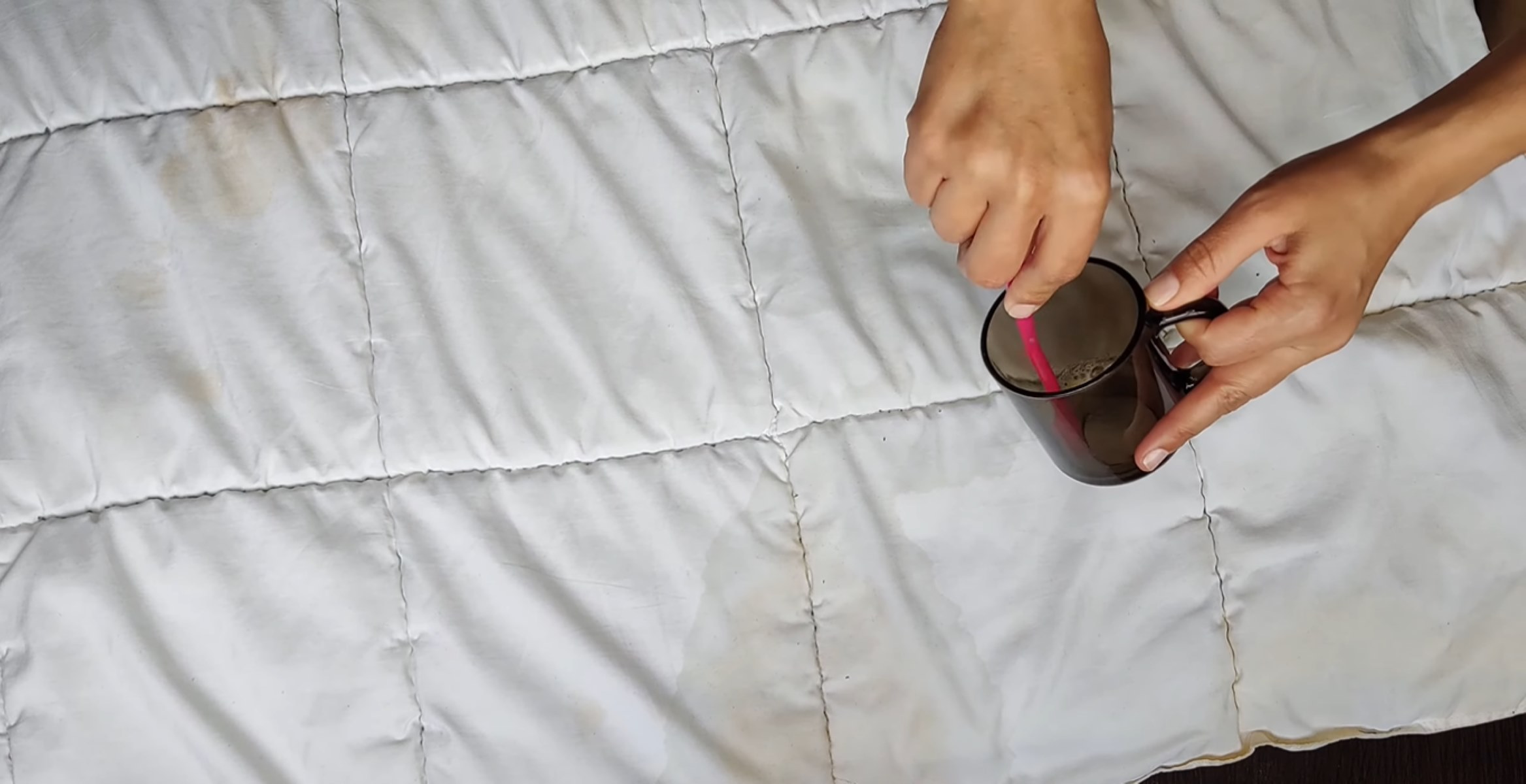
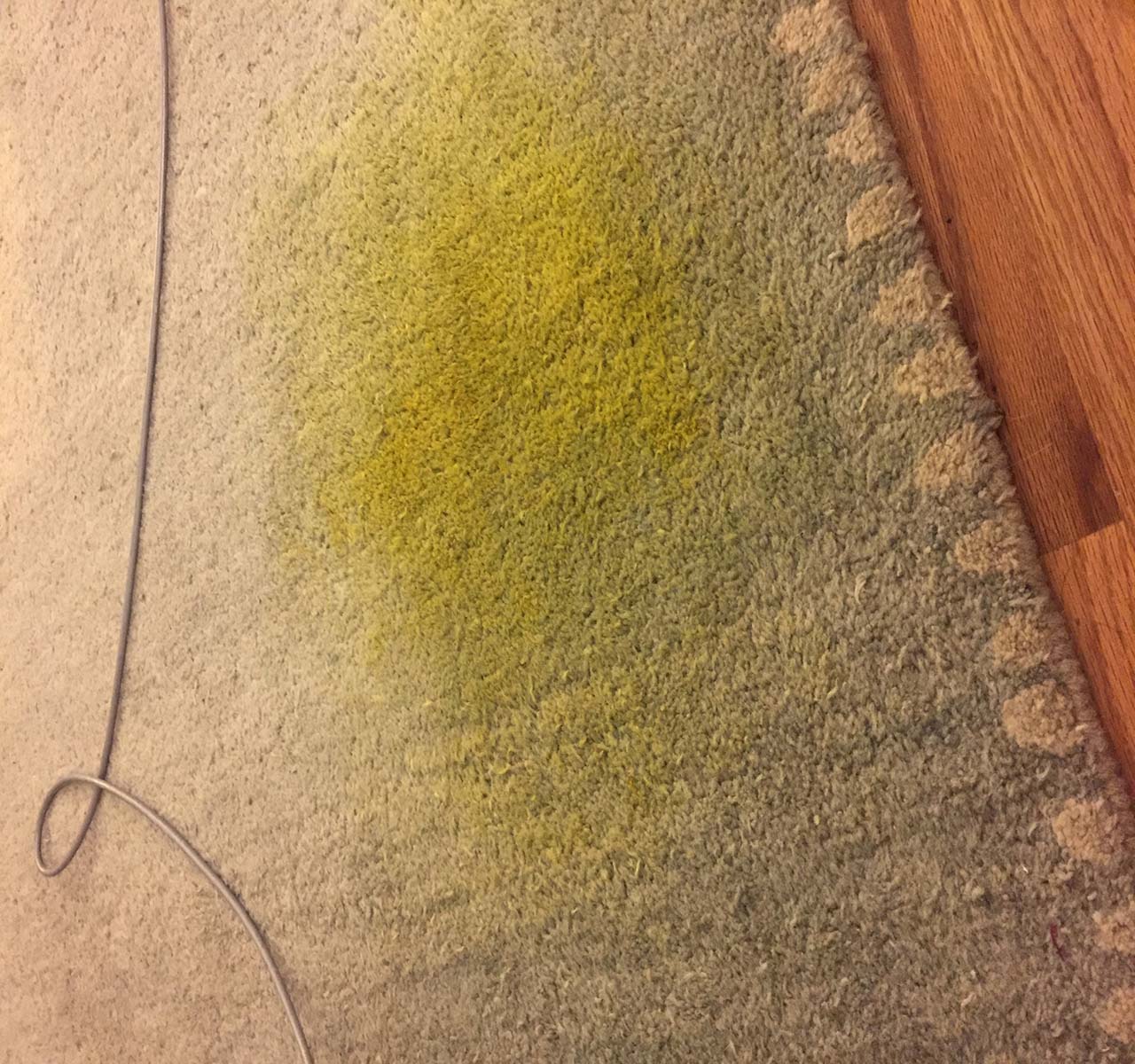



0 thoughts on “How To Get Ink Out Of Clothes”